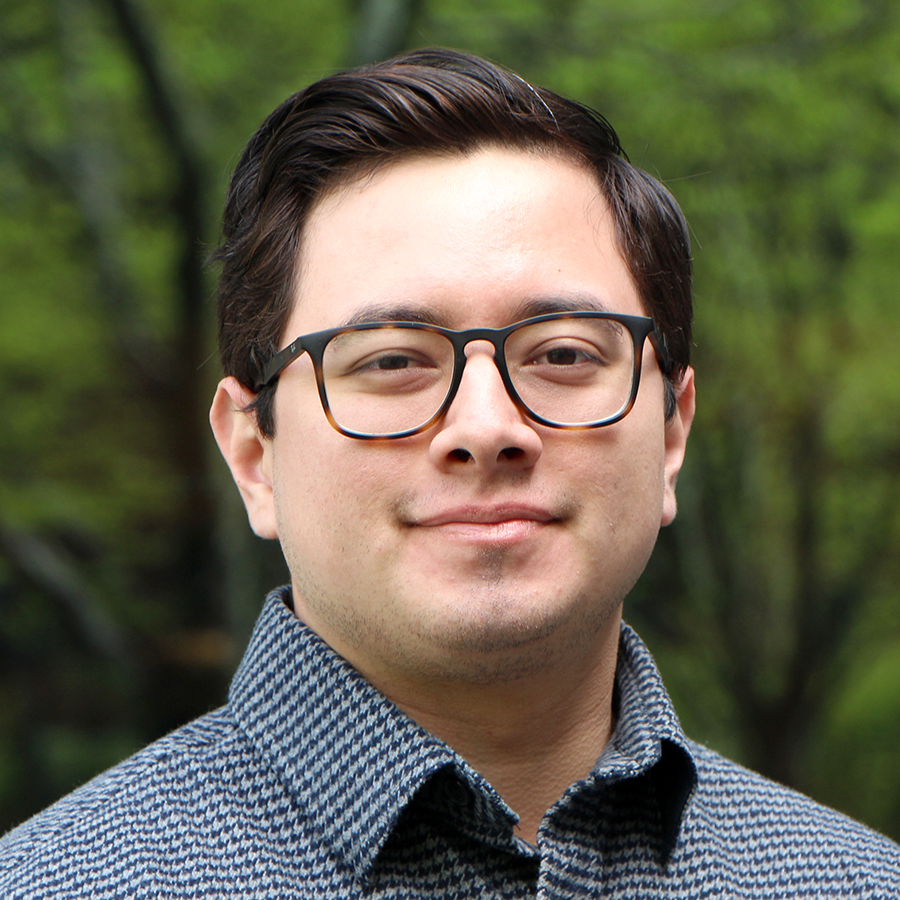Prokaryotes are protected by a cell envelope with a peptidoglycan cell wall, vital for growth and in maintaining structure and internal pressure of bacterial cells. This wall consists of a dense and multi-layered mesh of crosslinked disaccharide strands. In Bacillus subtilis, new strands are integrated near the membrane and move outward through the different layers until it is eventually shed at its surface. The processes of cell-wall expansion and turnover are facilitated by hydrolases, a class of enzymes crucial for peptidoglycan cleavage. Tight regulation of hydrolase activity is essential as an imbalance in regulation and subsequent activity will lead to cell lysis. Therefore, these enzymes are key targets for potential antibiotics due to their central role in cell-wall dynamics.
As a postdoctoral fellow in the lab of Prof. Ethan Garner at MCB, my research aims to spatially map hydrolase activity and understand its regulation by cell-wall tension. This will leverage our lab’s recently developed minimal-hydrolase strain of B. subtilis–termed as the “Δ40” strain–where 40 known hydrolases were deleted. Combined with advanced biochemical techniques, such as peptidoglycan profiling analysis, this approach enables us to study the function, tension regulation, and spatiotemporal activity of individual hydrolases.
Luis began his career studying quorum sensing within Pseudomonas aeruginosa with Prof. Josephine Chandler at the University of Kansas. He subsequently earned his Ph.D. at the University of Notre Dame under the mentorship of Prof. Shahriar Mobashery, where he elucidated the protein-protein interactomes and spatiotemporal localizations of RlpA and Slt lytic transglycosylases of P. aeruginosa.


